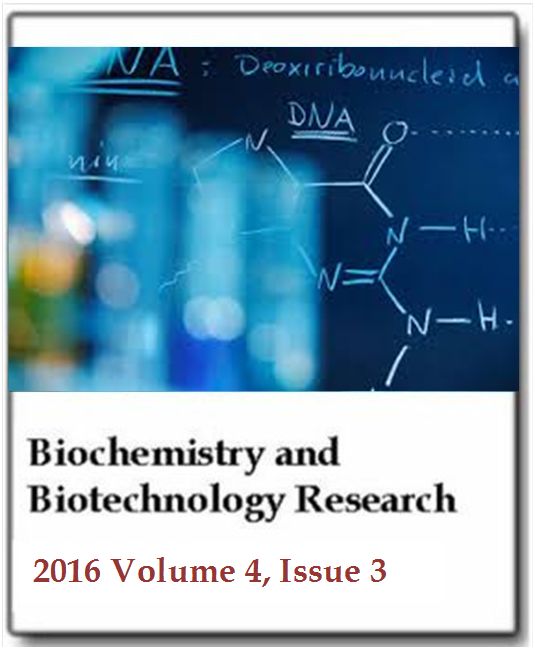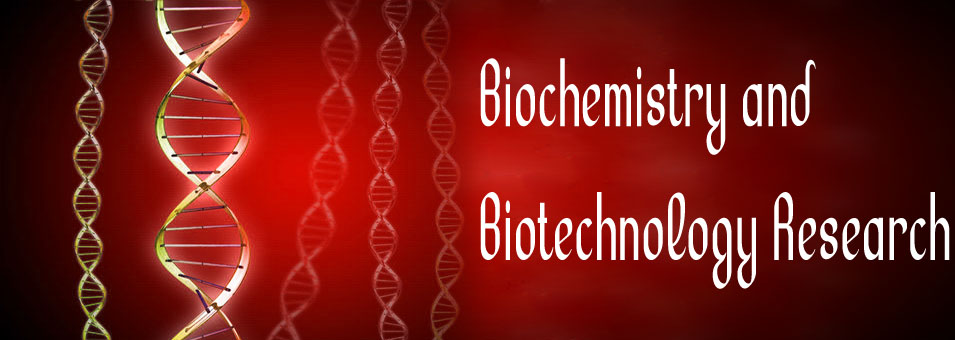Dietary management and genetic predisposition of hyperuricaemia
Randa S. Hana, Nareman S. Eshak and Marwa AbdelazizBiotechnology and Biochemistry Research
Published: August 31 2016
Volume 4, Issue 3
Pages 55-59
Abstract
This study aimed to evaluate the effect of food sources, vitamin C rich foods and low-fat dairy foods, versus traditional therapy on uric acid concentrations in serum for hyperuricaemic patients and to study the frequency of SLC22A12 gene mutation (C850G exon5) in hyperuriceamic patients, and its association with demographic and clinical data compared to healthy controls. 60 patients (aged 35 to 60 years, 37 males and 23 females) and 30 control patients of the same age and sex were from outpatient clinics in Assiut University Hospital. Uric acid concentration was measured colorimetrically. DNA was purified from peripheral blood and exon 5 of SLC22A12 gene was sequenced. The patients were randomly selected and equally divided to 3 groups to receive traditional therapy for Gout (anti-inflammatory and uricosuric drugs), vitamin C rich food or low-fat dairy foods diets once daily, in addition to restriction of purine rich foods and increase water intake for 12 weeks. Hematological and lipid profile parameters were also studied. The SLC22A12 gene mutation (C850G exon5) was found in 23 hyperuricaemic patients while the controls were not included, those patients had higher level of triglycerides than others (P = 0.033). Serum uric acid decreased significantly in all treated groups (P ˂ 0.05). In conclusion, the C850G mutation measuring (exon 5) could be used as a screening and prognostic biomarker for hyperuricaemia; vitamin C rich foods and low-fat dairy intake can replace the traditional therapy of hyperuricaemia with high efficacy and no side effects. However, there may be need to conduct further studies on a larger population.
Keywords: Hyperuricaemia, C850G mutation, vitamin C, low-fat dairy foods.
Full Text PDF
